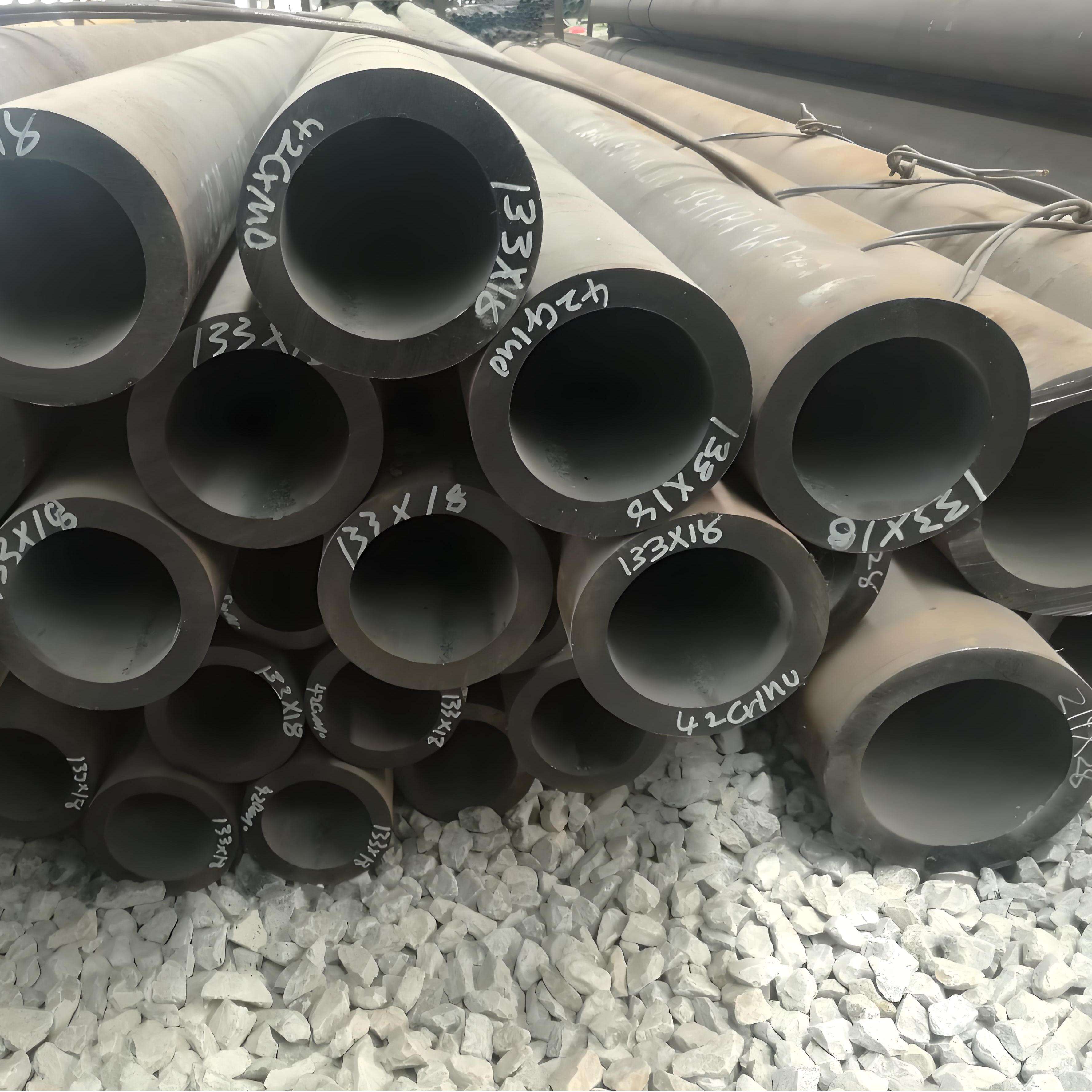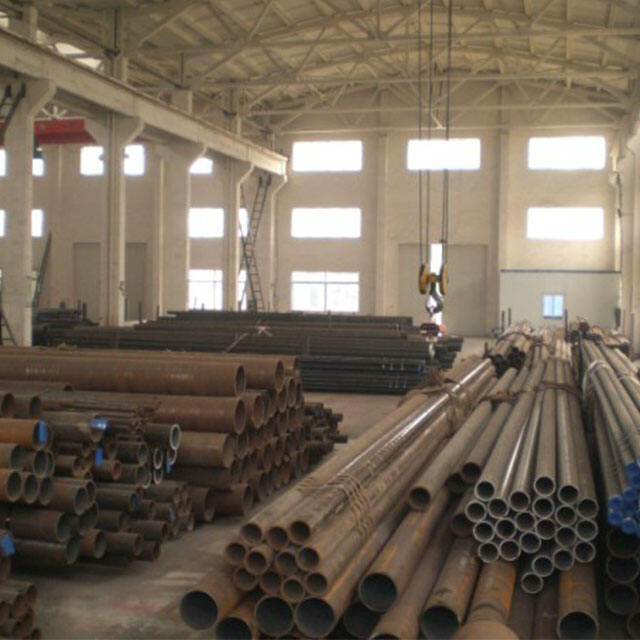thin steel strips
Thin steel strips represent a vital component in modern manufacturing, characterized by their precise dimensional accuracy and superior mechanical properties. These strips, produced through advanced cold rolling processes, typically range from 0.1mm to 3mm in thickness and offer exceptional flatness and surface quality. The manufacturing process involves carefully controlled reduction of hot-rolled steel through multiple passes, resulting in material that exhibits consistent gauge control and superior metallurgical properties. These strips are engineered to meet stringent industry specifications, featuring carefully controlled chemical composition and microstructure that ensures optimal performance across various applications. They serve critical roles in automotive components, electrical equipment, construction materials, and precision instruments. The strips' versatility stems from their combination of strength, formability, and corrosion resistance, making them ideal for applications requiring both structural integrity and aesthetic appeal. Modern production methods incorporate sophisticated tension leveling and surface treatment technologies, ensuring that the final product meets exact customer specifications for flatness, surface finish, and mechanical properties.


